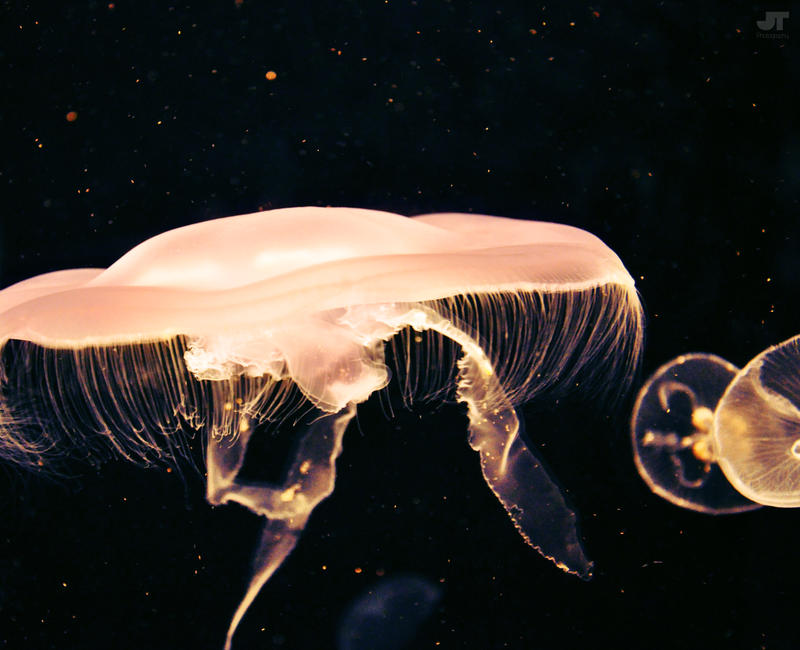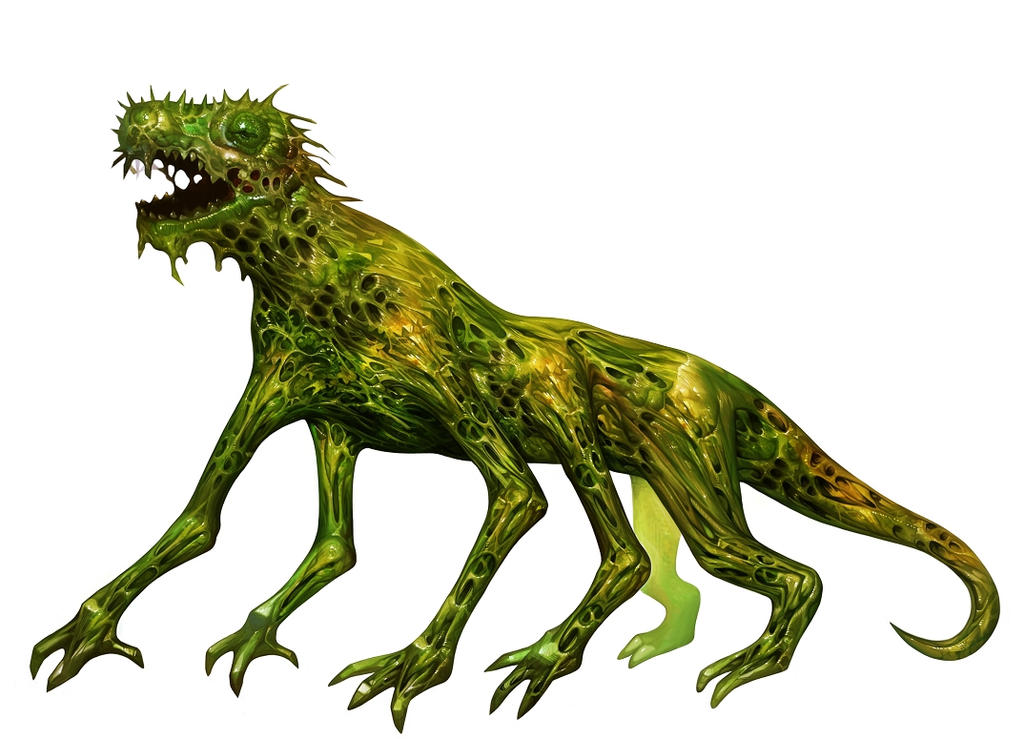- Invitation Status
- Posting Speed
- 1-3 posts per week
- Writing Levels
- Prestige
- Douche
- Preferred Character Gender
- Male
- Genres
- High Fantasy, Modern Fantasy, Epic Fantasy, Yaoi, Political Intrigue, Supernatural, Post-Apocalyptic
Creature Creation Challenge
This challenge explores one facet of worldbuilding: creature creation, as the title says. Whether or not you're a worldbuilder, at one point or another, you're bound to create different kinds of flora and fauna for your world. This challenge brings two new things to the table: first, all the submissions for this challenge will be put into a "bestiary" of sorts in the Worldbuilder's Guild which will be a resource for yourself and anyone who needs creatures for their worlds; second, every week, there will be a different difficulty for the challenge.
This challenge explores one facet of worldbuilding: creature creation, as the title says. Whether or not you're a worldbuilder, at one point or another, you're bound to create different kinds of flora and fauna for your world. This challenge brings two new things to the table: first, all the submissions for this challenge will be put into a "bestiary" of sorts in the Worldbuilder's Guild which will be a resource for yourself and anyone who needs creatures for their worlds; second, every week, there will be a different difficulty for the challenge.
Difficulty 1

- build a creature around a specific theme
Difficulty 2

- build a creature with a specific body part around a specific theme
Difficulty 3

- build a creature to fit a specific role in an ecosystem with a specific body part around a specific theme
Difficulty 4

- build a creature based upon an animal on earth to fit a specific role in an ecosystem with a specific body part around a specific theme
Difficulty 5

- build a creature that will survive in a specific environment based upon an animal on earth and fit a specific role in an ecosystem with a specific body part around a specific theme.

- build a creature around a specific theme
Difficulty 2

- build a creature with a specific body part around a specific theme
Difficulty 3

- build a creature to fit a specific role in an ecosystem with a specific body part around a specific theme
Difficulty 4

- build a creature based upon an animal on earth to fit a specific role in an ecosystem with a specific body part around a specific theme
Difficulty 5

- build a creature that will survive in a specific environment based upon an animal on earth and fit a specific role in an ecosystem with a specific body part around a specific theme.

Build a creature around a specific theme
Theme: Sunlight
Feel free to use this following template for your creatures. You can add on to it or remove things from it as you wish or not use it at all.
Name:
Appearance:
Role: Predator/prey/producer
Habitat:
Life-span:
Sentient: Yes/No
Sapient: Yes/No
Means of Sustenance:
Favourite Food Source:
Major Competition:
Mating Rituals: Courtship rituals, mating grounds, mating season, et cetera
Reproduction: you can include period of gestation
Organization: does this creature travel in packs or herds, or is it a solitary creature that only meets with members of its species for the mating season?
Other:
Name:
Appearance:
Role: Predator/prey/producer
Habitat:
Life-span:
Sentient: Yes/No
Sapient: Yes/No
Means of Sustenance:
Favourite Food Source:
Major Competition:
Mating Rituals: Courtship rituals, mating grounds, mating season, et cetera
Reproduction: you can include period of gestation
Organization: does this creature travel in packs or herds, or is it a solitary creature that only meets with members of its species for the mating season?
Other:





